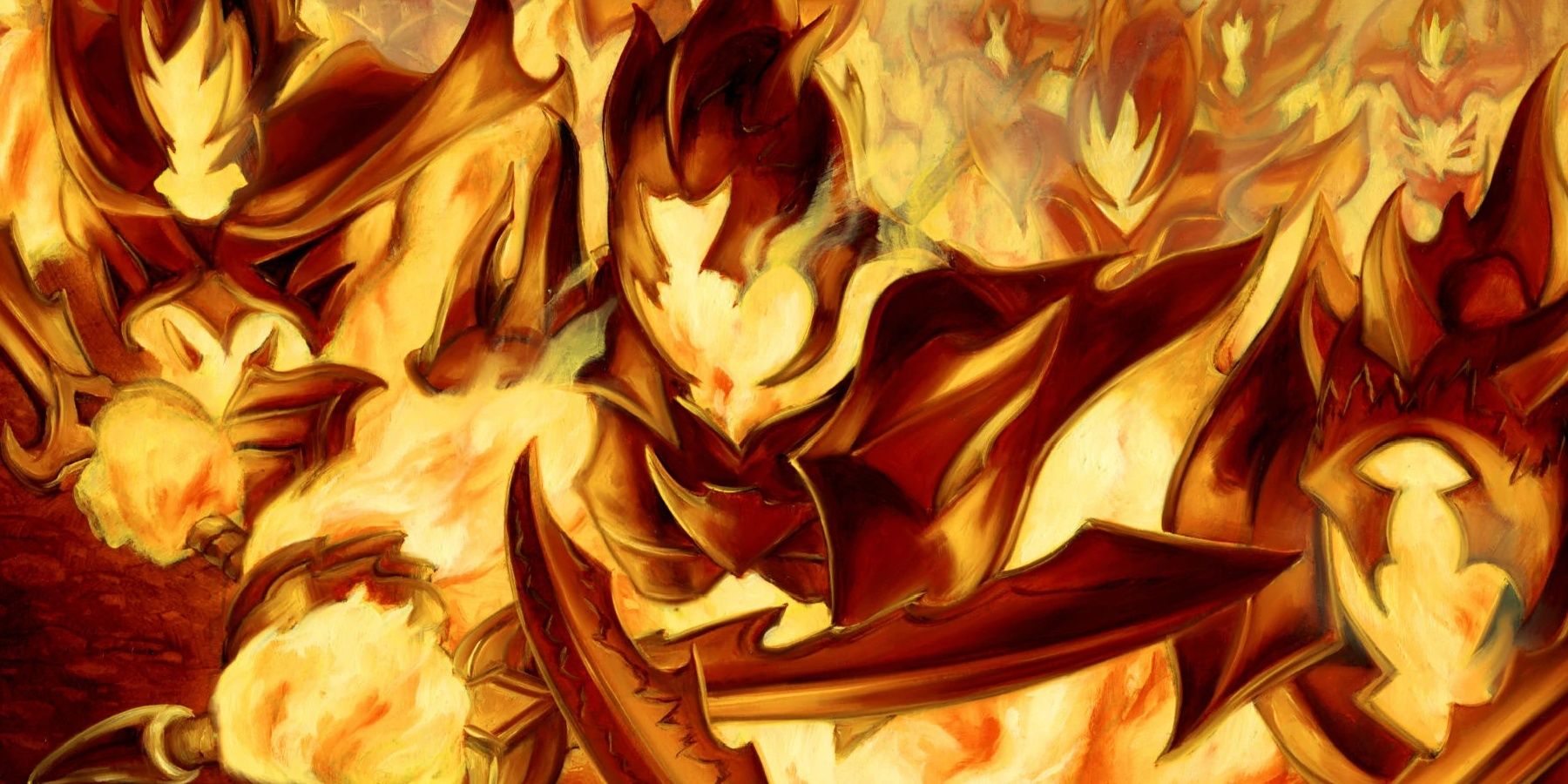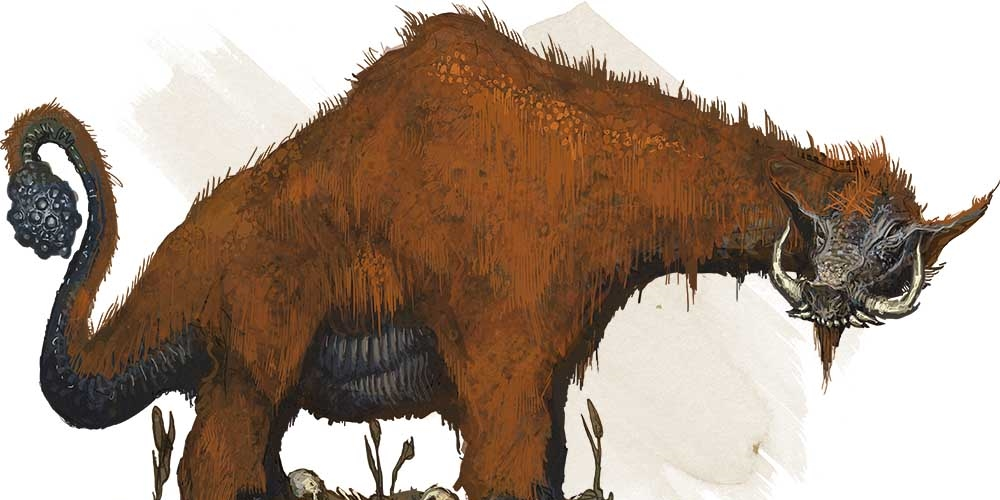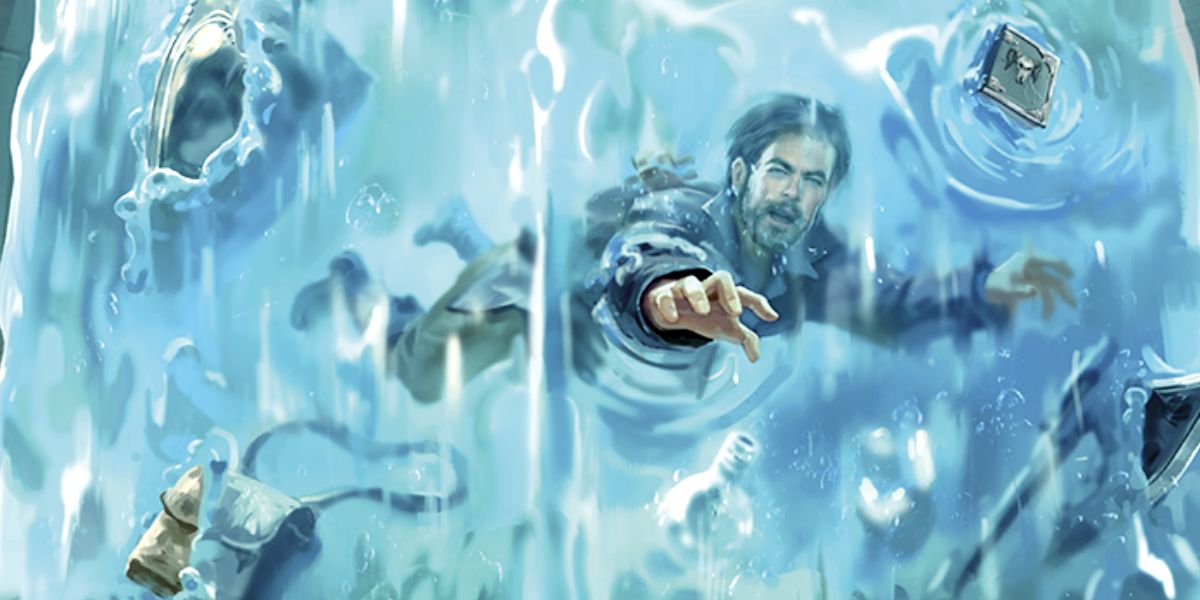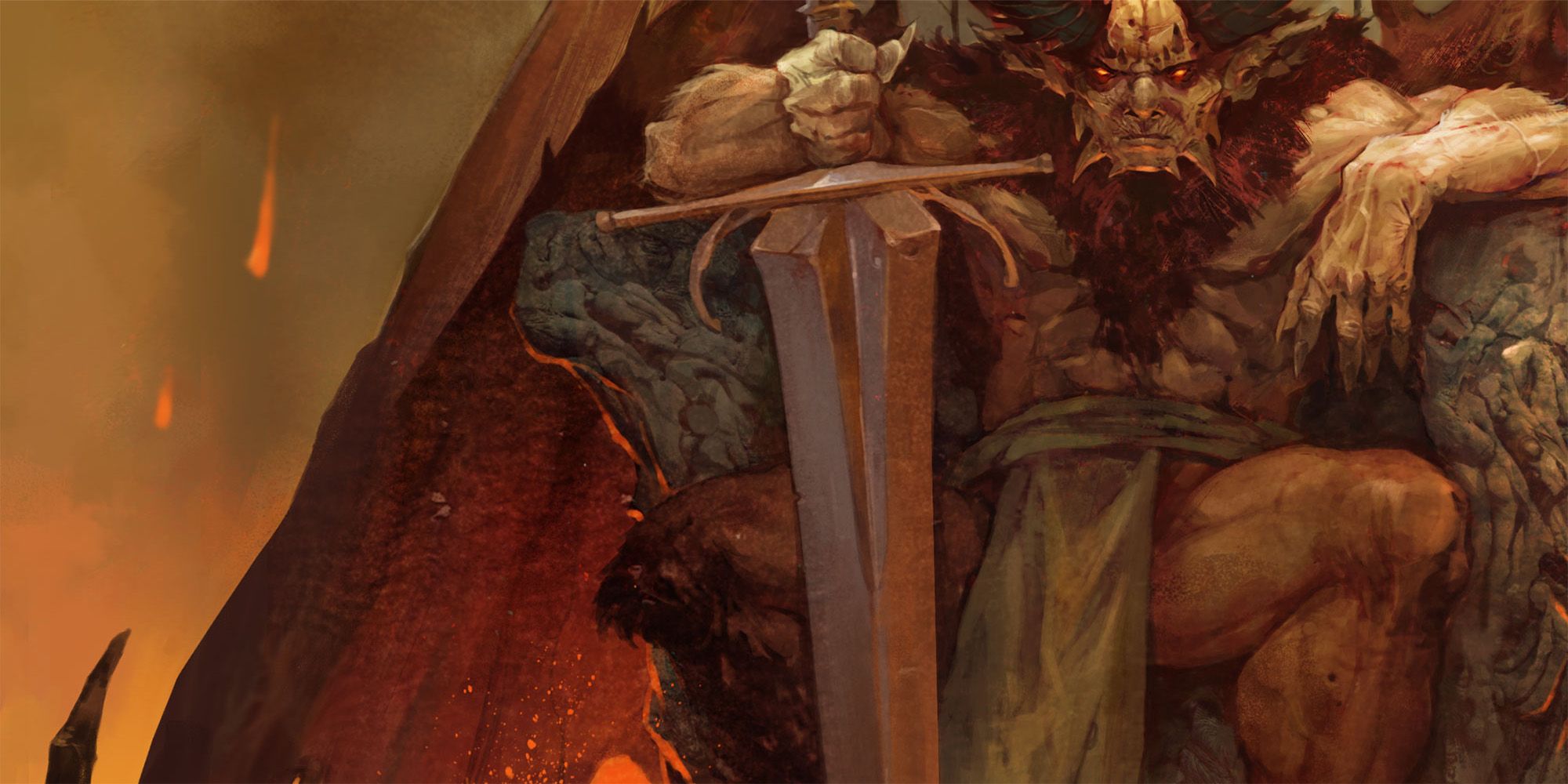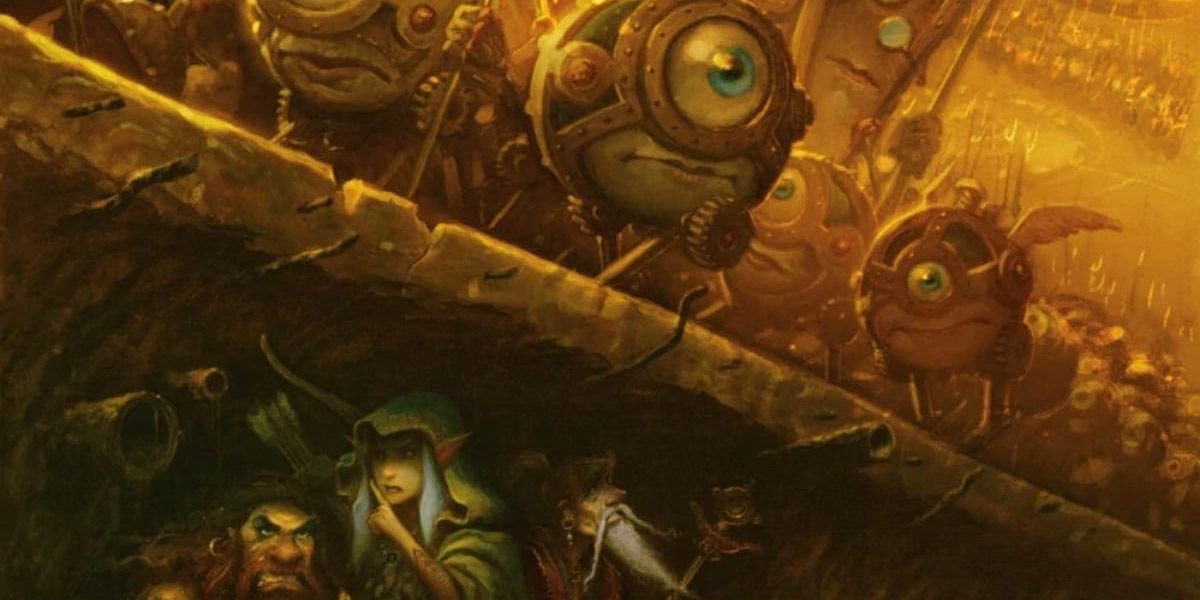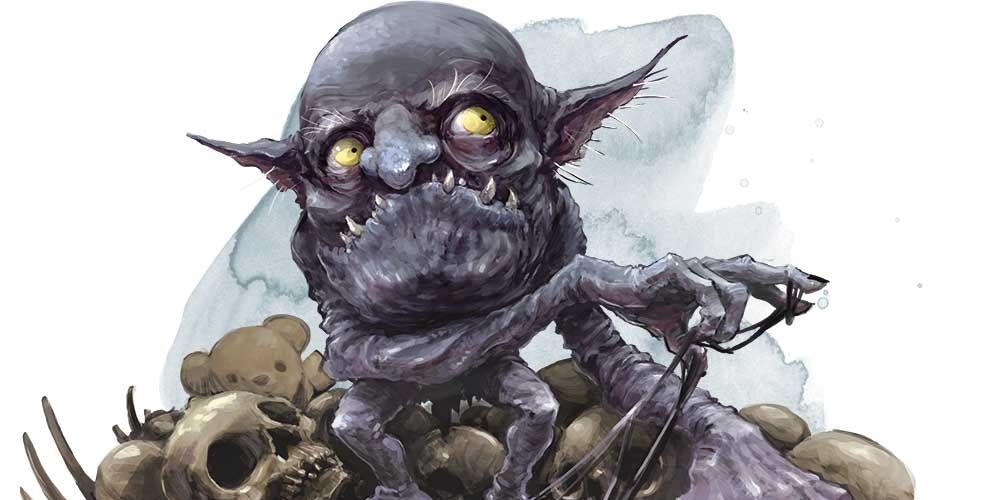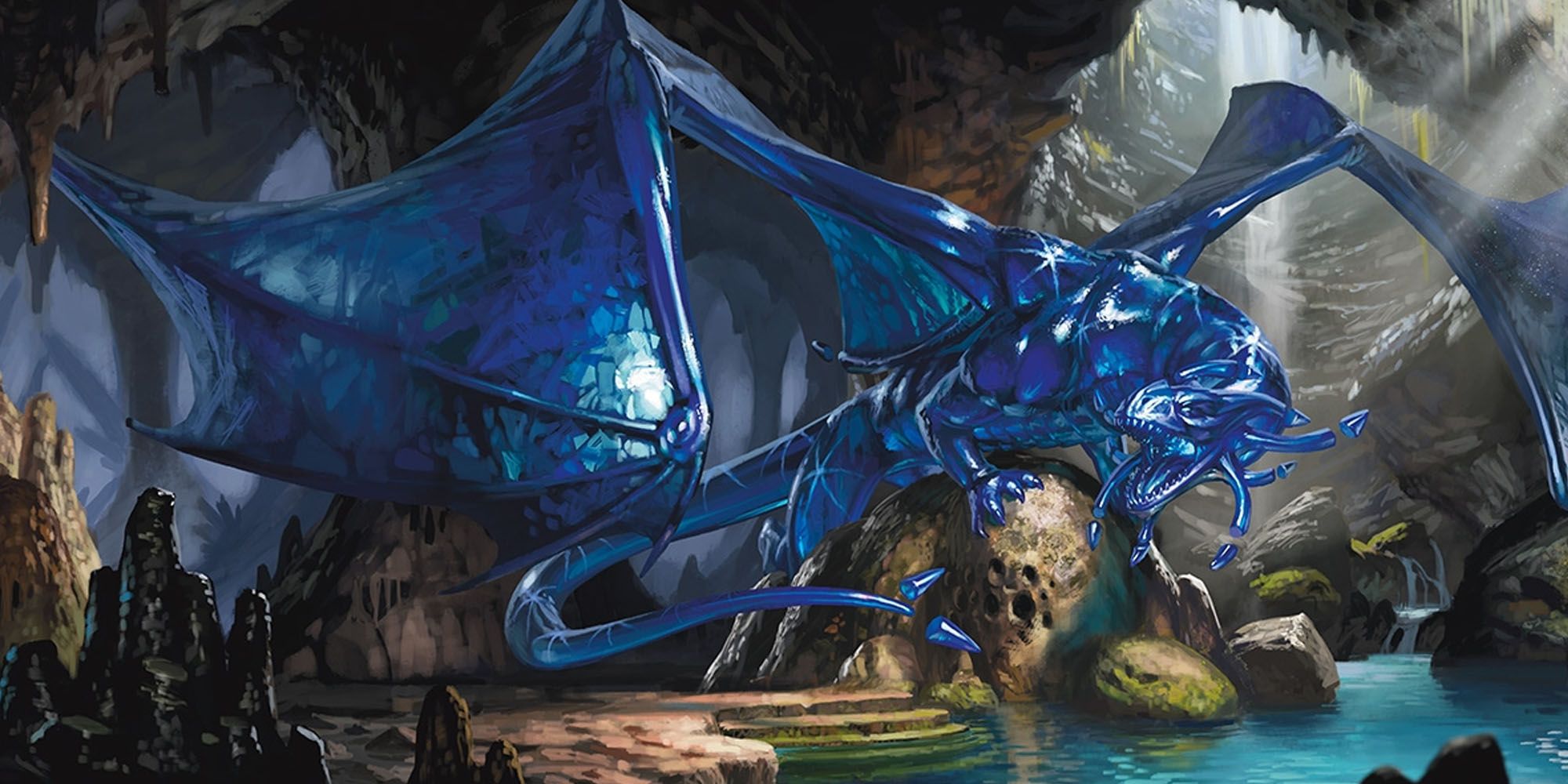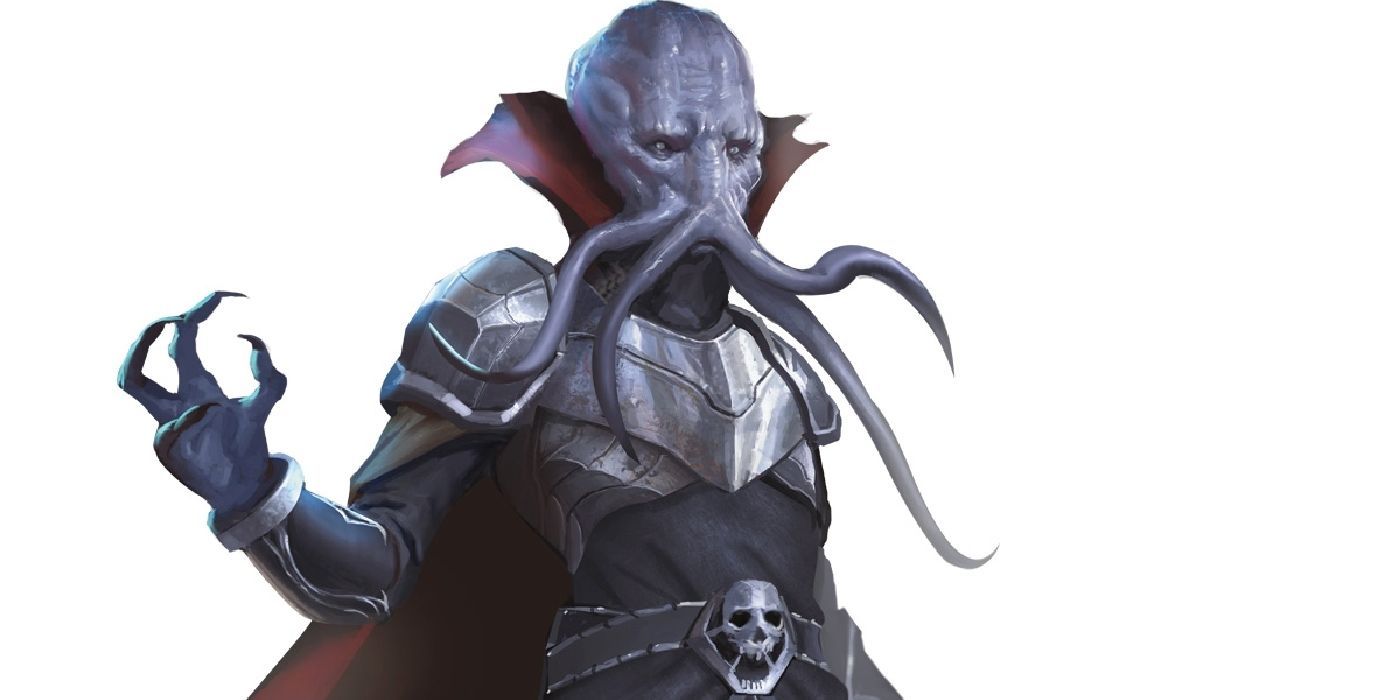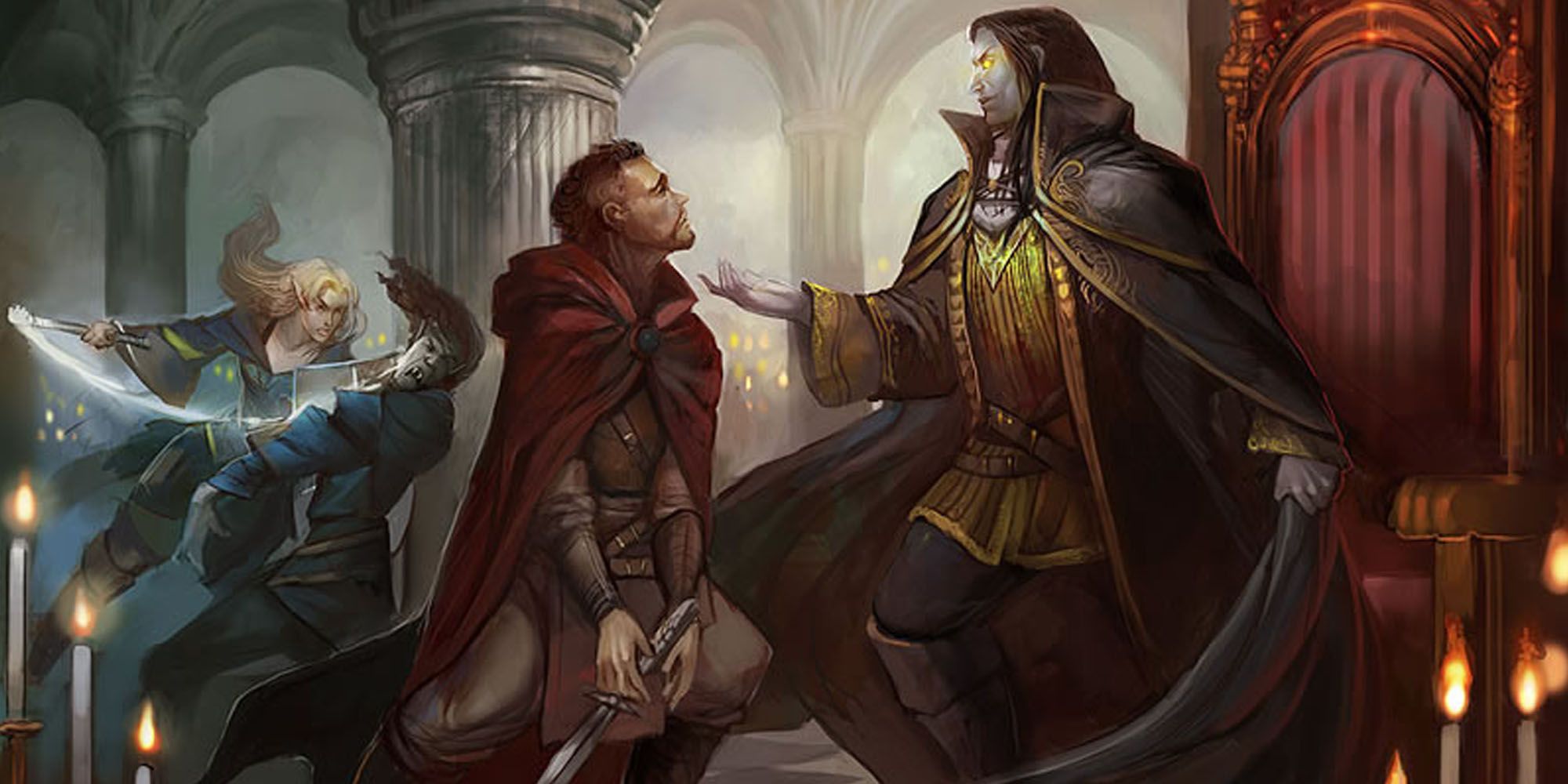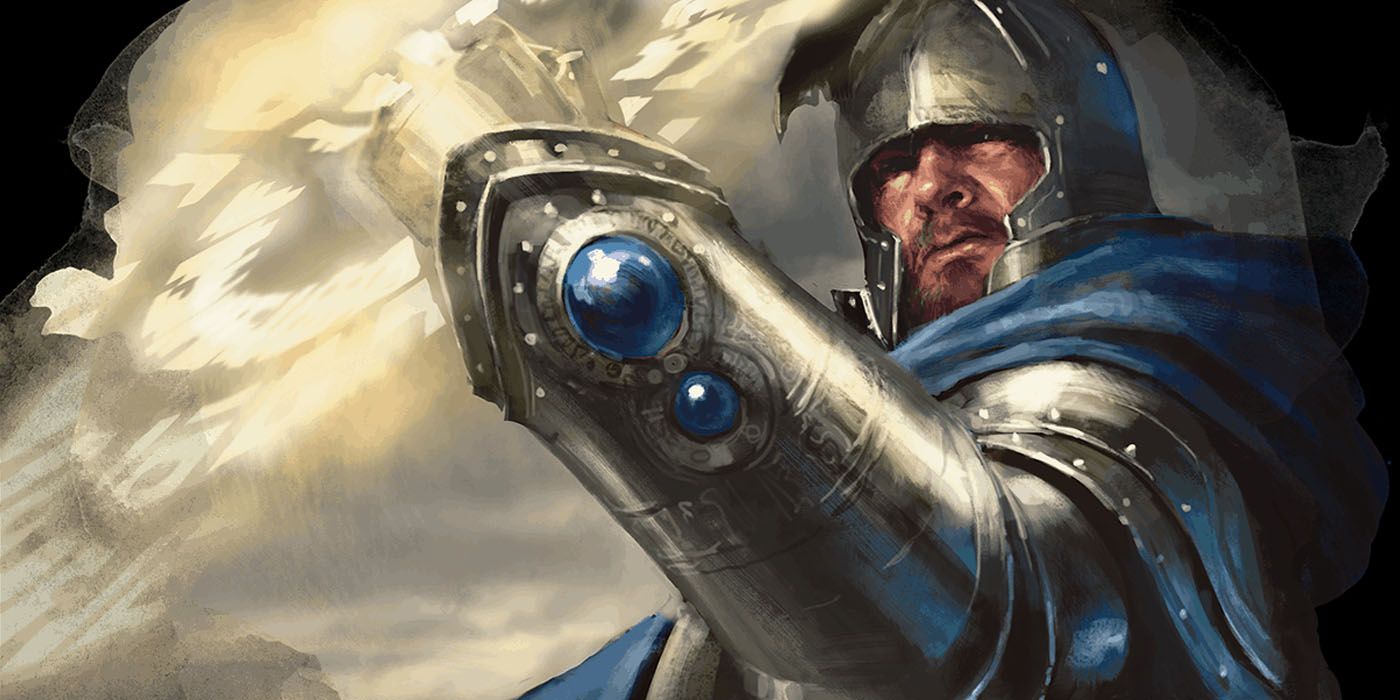Dungeons and Dragons: Fifth Edition, published under Wizards of the Coast, has hundreds of monsters for Dungeon Masters to choose from as they build their campaigns. They range from a meager 1/4 to the staggering 30 challenge rating, and each has unique abilities to bring color and depth to the world.
Each of D&D's canonical monsters falls into a monster type. Some, like the iconic beholder, reside within the aberration category, while monsters such as the regal dragon exist in a group of the same name. Monsters within each type share the same genre of powers, resistances, and alignments, making them feel like a cohesive collection of foes, but which one is the best?
10 Elementals Have Tricky Resistances
Elementals are beings that come from one of the Elemental Planes that border the Prime Material plane, though some have become residents of the Prime Material world. They are the purest forms of their element. Because of this, they often have resistance and immunities to the same elemental damage types.
Having buffs against certain damage types makes these monsters fun to run, especially if the party is evocation-based or thematically aligned with a specific element. Foes like the elder elementals, among the best monsters not included in D&D's core books, are some of the strongest villains to face.
9 Monstrosities Are A Diverse Category
Monstrosities are the bread and butter of a D&D campaign. When a party investigates a bone-covered lair or fights a more powerful enemy in the wild, they often face monstrosities, a type distinct from other beasts like wolves, bears, etc.
Using monstrosities allows the DM to circumnavigate druid magic or Speak with Animal and provides more mystery and horror than simply throwing a regular beast at the party. Furthermore, monstrosities are an incredibly diverse category, offering a wide range of themes, abilities, strengths, and weaknesses.
8 Oozes Are A Slippery Foe
The gelatinous cube is an iconic weird D&D monster. This monster and others of its type are dangerous because they can sneak up on the party using their ability to squeeze through tiny entrances, like holes in walls. Furthermore, some can engulf and digest party members, weapons, and props, leading to new problems.
While oozes are not a particularly powerful subset of D&D monsters, they provide many fun opportunities to stump, surprise, or trip up characters who rush in without thinking.
7 Fiends Are A Terrifying Addition To Any Campaign
Fiends are another classic D&D villain category that spans the Nine Hells' lawful evil devils to the Abyss' chaotic evil demons. Not only are they interesting from an aesthetic standpoint, but they're also inhabitants of fun locations to visit. At the most basic level, they are terrifying monsters with delightfully horrific designs and a wide range of abilities.
On top of that, there are longstanding stories of the Blood Wars between the devils and demons, complicating their relationship and paving the way for many story arcs. It can be difficult to run fiends, so DMs should know how to use D&D's best devils and demons.
6 Constructs Are Often Immune To Mental Status Conditions And Psychic Damage
Constructs are robot-like monsters often created by mages and artificers, though there is an outer plane called Mechanus dedicated to them. Since they are automatons, they are resistant or immune to psychic damage in many cases, which gives them a similar edge as the elementals. However, they are often immune to status conditions such as charmed, frightened, or asleep.
In addition to their various resistances, constructs add a layer of mystery to campaigns. Who made them? How? Why? What is their purpose? These questions can become starting points for a story arc.
5 Fey Can Take Many Mystical Aesthetics
Fans should never underestimate the fey. This diverse category of magical creatures spans everything from eladrin elves to hags and dryads. They come in beautiful and horrific shapes and motifs, and many have tricky abilities.
The Feywild, a demi-plane echoing the Prime Material plane, is a fun setting for a campaign, and its inhabitants are sure to trip up player characters. The only downside to this subset is that few fey monsters exist at higher challenge ratings. Those foes that are higher level are typically specific to premade adventure and not available in the monster manuals and bestiaries. Still, fey add whimsy to D&D campaigns.
4 Dragons Are A Classic D&D Staple
Dragons are among the strongest and toughest monsters in the game. They are so iconic that they're part of the game's name. Dragons are notorious for their breath weapons, which can wipe out entire parties in one hit. Furthermore, they have dynamic lairs, incredible lore, and a great mix of wits and strength.
The downside to dragons is that there is not a lot of diversity within the category. DMs are often limited to chromatic, gem, and metallic dragons at varying life stages (wyrmling, young, adult, and ancient). Luckily, Fizban's Treasure of Dragons released cool new draconic foes, so there are more draconic options.
3 Aberrations Can Take Over Players' Minds
Aberrations are sometimes difficult to include in a traditional fantasy setting because they take on Lovecraftian or cosmic aesthetics, but they are exciting to play. Monsters such as mind flayers can take over people's minds and turn them into their kind using parasitic tadpoles. Other terrifying monsters like the beholder are infamous for their ability to kill players. Both mind flayers and beholders have become classic fantasy monsters originating from D&D.
Aberrations come in many flavors. Some aberrations, like nothics, are corrupted creatures, while others are born out of dark experiments. More still are eldritch horrors meant to trick and mind control players.
2 Undead Are Hard To Kill
Some of D&Ds best creatures are undead. From zombies and skeletons to the classic vampire, undead monsters are the go-to sources for horror in D&D campaigns. Many of these creatures get useful features like Undead Fortitude, allowing them to stave off dying under specific conditions.
Using undead monsters has story complications, too. Some of these creatures could have been people the players knew. Others have spell casting so powerful they can control the characters. Paladins and clerics have abilities geared toward fighting the undead, so it's always a good idea to throw these monsters into campaigns.
1 Humanoids Highlight The Flaws In The Human Condition
It's pretty obvious when a vampire lord or ancient dragon means to do the party harm, and it's relatively easy to tell how tough that fight will be. However, using humanoids in campaigns can be much sneakier.
There are countless ways a humanoid villain can enrich a campaign. They add thematic complexities, commenting on human nature, and can infiltrate monarchies, councils, and military organizations. They can look and act just like the player characters. They can befriend the party and expose their flaws and weaknesses without blowing their cover. From D&D's strongest wizards to its fiercest generals, there is much fun to be had running humanoid foes.

-Eyedrake-(right).jpg)
